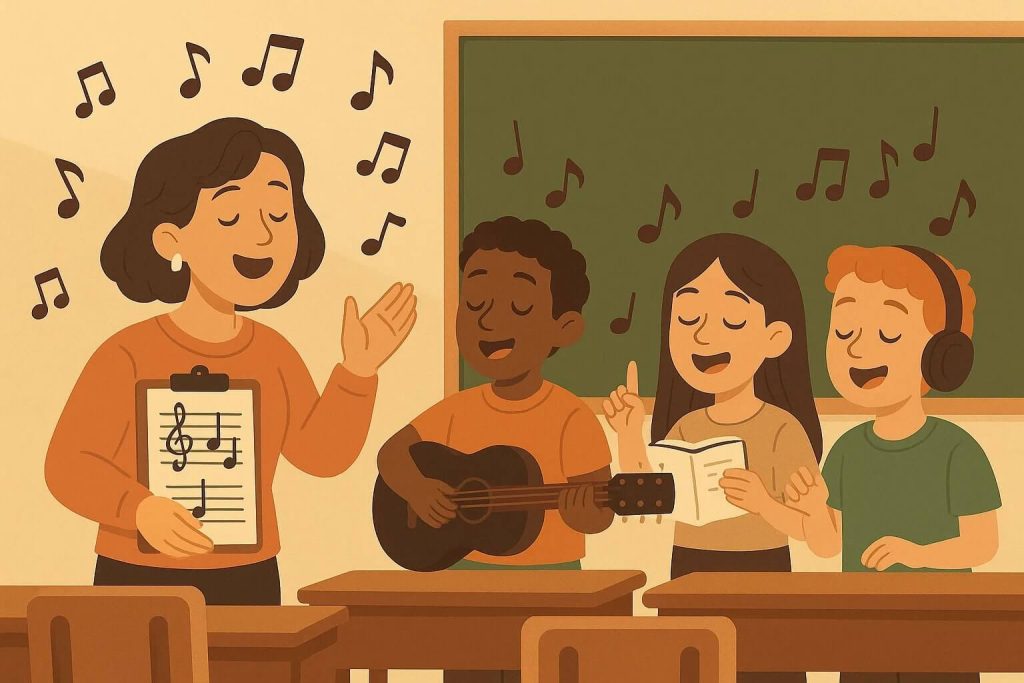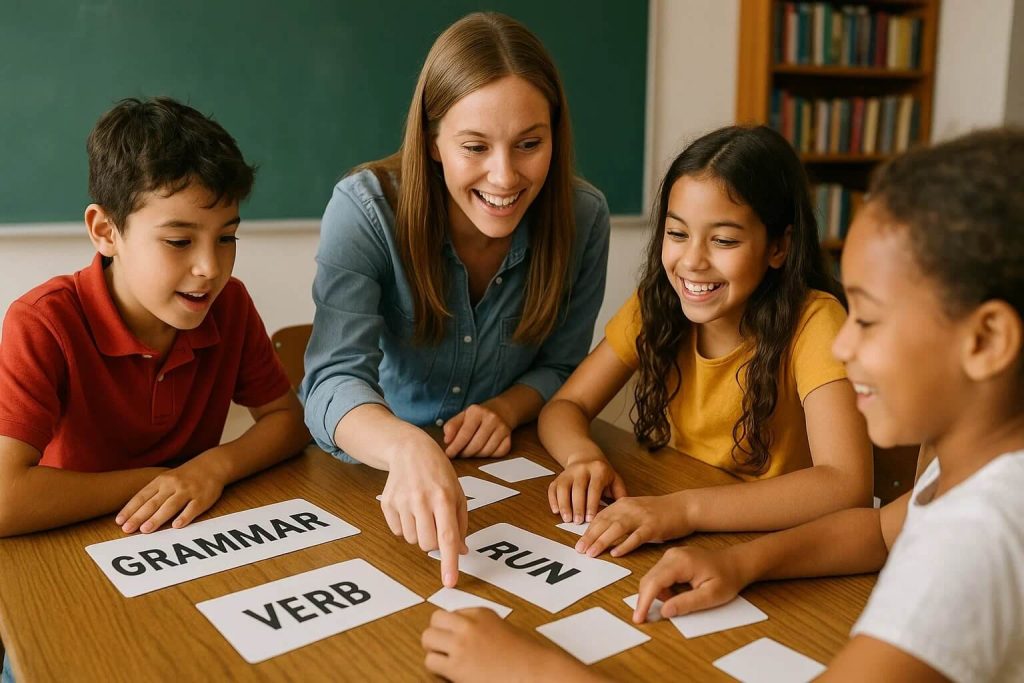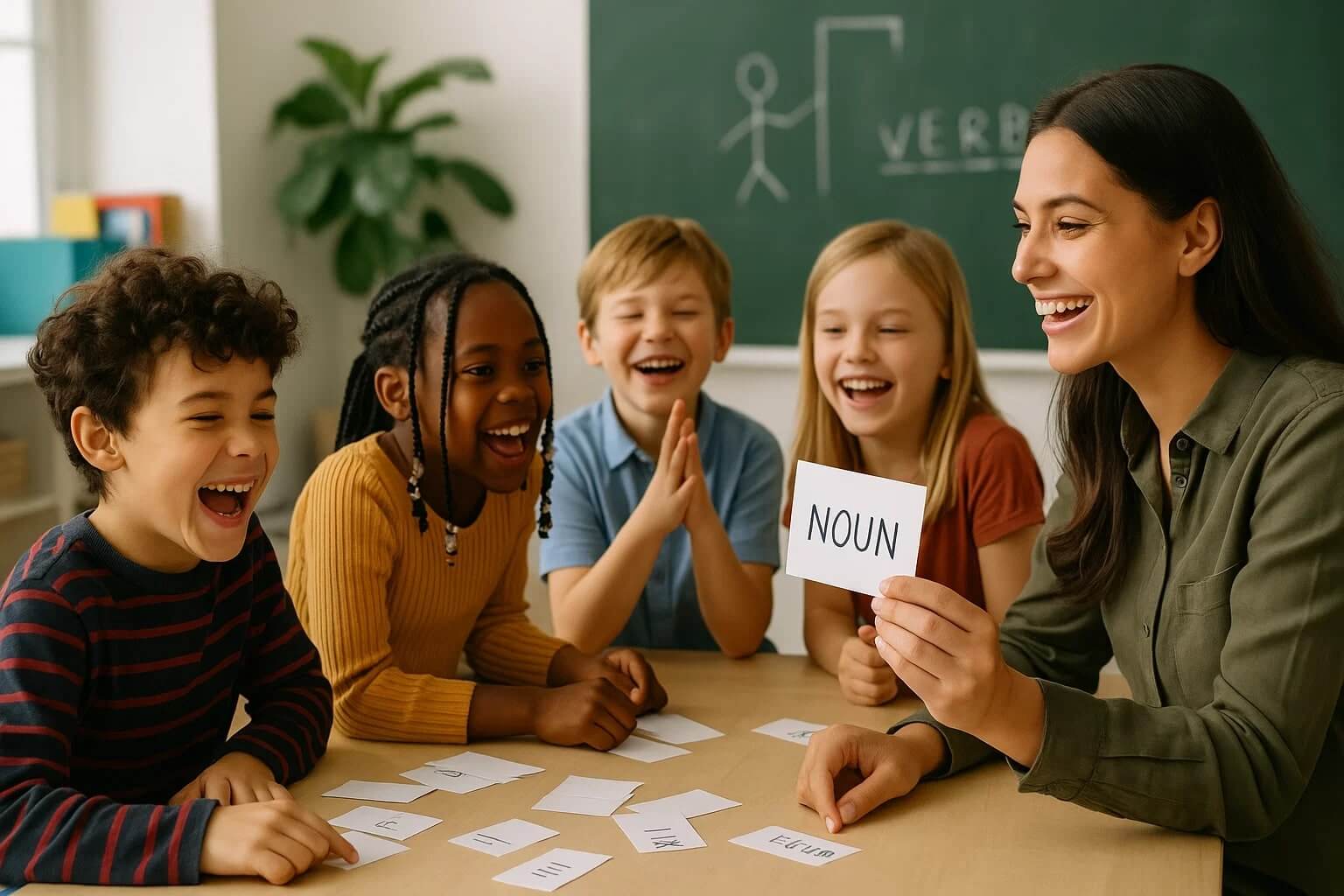Ask your students what comes to mind when they hear the word “grammar,” and you might get a chorus of groans. For many learners, grammar feels like a set of abstract rules drilled through repetitive worksheets, detached from creativity or real-life communication.
But grammar doesn’t have to be dry. In fact, research suggests that students retain grammar more effectively when it’s embedded in authentic, meaningful contexts. Across classrooms in the AISL Mall learning community, educators are reimagining grammar instruction to make it more dynamic, collaborative, and playful. This article explores eight engaging strategies that will help your students use grammar with confidence and curiosity, without relying on traditional worksheets.
8 Creative Strategies to Make Grammar Fun
These hands-on, high-engagement strategies shift grammar from something students learn about to something they experience. They support diverse learners, foster meaningful connections, and create space for curiosity and creativity, all while building a strong grammatical foundation.
1. Use Drama and Role Play

Let students embody grammar by physically acting it out
- Act out verbs in different tenses and have classmates guess the action and form
- Try preposition obstacle courses where students direct each other around objects using target grammar
- Helps kinaesthetic learners internalise patterns through movement
2. Gamify with Grammar Challenges

- Create a “Grammar Jeopardy” with categories like punctuation, verb tense, or sentence structure
- Use relay races where teams correct sentences or build complex ones under time pressure
- Builds fluency, recall, and teamwork
3. Integrate Grammar into Creative Writing
Encourage students to apply grammar through storytelling and revision.
- Ask students to “level up” basic sentences by adding conjunctions or relative clauses
- Try a “Grammar Makeover” where they rewrite a short paragraph with grammar goals in mind
- Supports ownership and style development
4. Teach Through Songs and Rhythms

- Use known melodies to teach tricky constructions like modals or conditionals
- Let students write and perform their own grammar jingles
- Reinforces pattern recognition through auditory learning
5. Make Grammar Part of Visual Storytelling
Use images, comics, or memes to give grammar visual context.
- Create comic strips with dialogue that includes reported speech or subject-verb agreement
- Add grammar goals to digital storytelling apps like Book Creator or Canva
- Supports EAL learners and encourages language play
6. Create Interactive Grammar Stations
Set up small-group rotation activities around grammar targets.
- Example: sorting game with sentence types, a punctuation puzzle using magnetic tiles, and a digital Kahoot quiz
- Promotes movement, choice, and peer learning
- Common in AISL Mall classrooms where flexible grouping is encouraged
7. Incorporate Real Student Writing
Use excerpts from past assignments (anonymised) to explore authentic grammar use.
- Highlight strong structures and areas for improvement
- Let students edit in pairs, discussing choices and alternatives
- Builds metacognition and a stronger connection to real writing
8. Use Grammar in Context with Project-Based Learning
Weave grammar instruction into wider units of inquiry.
- Focus on passive voice during science reporting or use sequencing conjunctions in procedural writing
- Grammar becomes a purposeful tool, not an isolated objective
- Encourages transfer across disciplines
These approaches reflect a growing shift in international classrooms: moving from rote to relevance, from drill to design. With the right approach, grammar becomes an opportunity to create, explore, and connect.
Why Engagement Matters in Grammar Instruction
While worksheets may offer repetition and structure, they rarely lead to lasting understanding or genuine interest in how language works. Too often, they separate grammar from communication, reducing it to isolated drills rather than tools for expression.
The Limits of Worksheets
Traditional grammar worksheets can reinforce accuracy, but they often overlook context, creativity, and student agency. Learners may memorise rules but struggle to apply them in authentic writing or speaking situations. Over time, this can result in disengagement, especially among students who need movement, collaboration, or visual support to stay focused.
Make Grammar a Creative, Collaborative Experience
Grammar doesn’t need to be a quiet, solitary task filled with red pens and worksheets. When it’s taught through movement, storytelling, games, and meaningful context, it becomes a tool for creativity, communication, and confidence.

Start by choosing one or two strategies that align with your current unit or student interests. Observe how learners respond when grammar becomes something they do, not just something they’re told. As our educators have found, small shifts toward active, student-centred grammar instruction can lead to stronger engagement, deeper understanding, and greater joy in language learning.
For more classroom-tested literacy strategies, explore the professional development and teaching resources available at AISL Mall.










